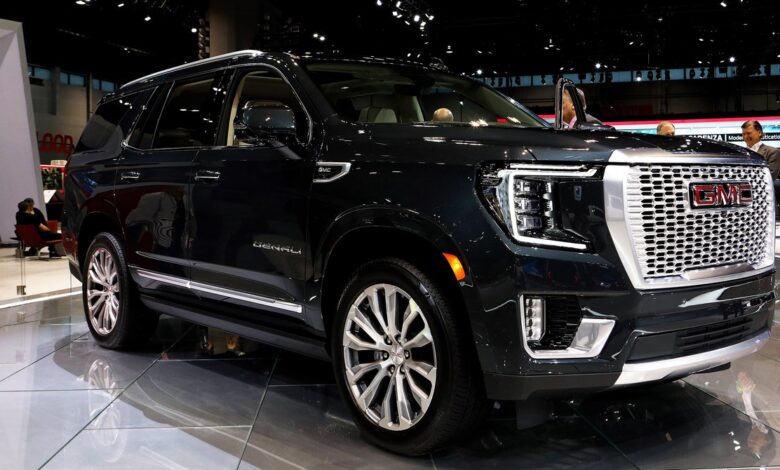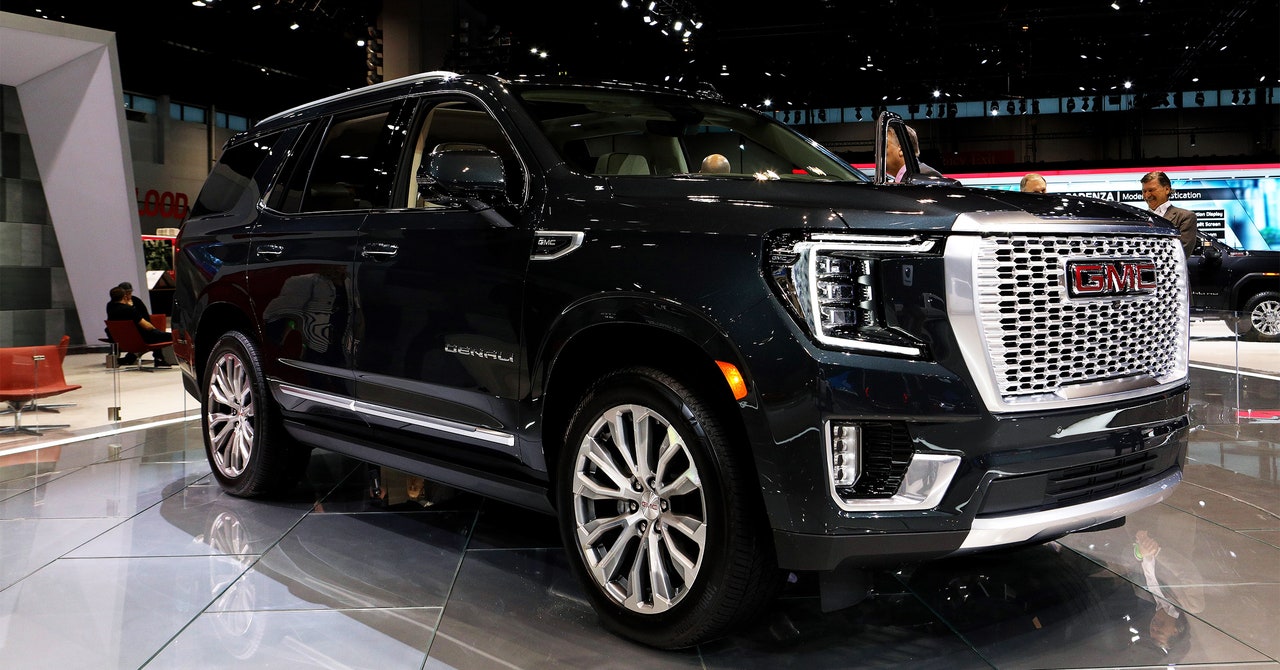Tall Vehicle Hoods Really Are Increasing Pedestrian Deaths


It’s hard to escape the fact that American trucks and SUVs have been on a steroid-infused diet for the past few years. The trend was all too apparent at the last auto show we went to—at Chicago in 2020, I felt physically threatened just standing next to some of the products on display by GMC and its competitors. Intuitively, the supersize hood heights on these pickups seem more dangerous to vulnerable road users, but now there’s hard data to support that.
It hasn’t been a great few years to be a pedestrian in the United States. These most vulnerable road users started being killed by drivers more frequently in 2020, and while some states were able to reverse that trend, others went the other way, making 2022—the last year for which there is full data—the most deadly year on record for US pedestrians.
The problem has multiple causes. For decades, urban planners have prioritized car traffic above everything else, and our built environment favors speeding vehicles at the cost of people trying to cross roads or cycle. But it’s not all the fault of those planners, as the vehicles we drive play a large role too.
Some of that is the switch from sedans to crossovers, SUVs, and pickup trucks. Data from the 1990s found that a pedestrian hit by a light truck was two to three times more likely to be killed, with another study finding that light trucks were twice as likely to injure a pedestrian than a car, especially at low speed.
Now, a new study published in the journal Economics of Transportation has analyzed the National Highway Traffic Safety Administration’s crash data from 2016 through 2021, looking at crashes involving one vehicle and one pedestrian. The author, Justin Tyndall of the University of Hawaii, matched the NHTSA’s crash reporting sampling system data for those years to vehicle specifications where the vehicle’s VIN was included in the CRSS data.
Tyndall’s dataset started with 13,783 single-vehicle, single-pedestrian crashes, then filtered out those instances where there was no VIN recorded, except if the report included make and model. He also removed entries that did not record other important variables, such as vehicle speed, leaving a sample size of 3,375 crashes.
To make sure the smaller dataset was still representative, Tyndall looked at the full dataset as well as the final sample. He found that “average crash characteristics are similar across the two samples, suggesting that the reduced sample is broadly representative of the original dataset,” although he notes that 6.7 percent of crashes in the large set resulted in a pedestrian death, while 9.1 percent of crashes in the smaller, final sample were fatal for the pedestrian.
Pickups and SUVs Are More Dangerous to Pedestrians
There were 1,779 unique vehicles (as determined by make, model, and model year) in the dataset. Pickups and full-size SUVs had significantly taller hoods than the average car, at 28 percent and 27 percent, respectively. Minivans weren’t much better, at 24 percent taller than the hood on an average sedan. Even compact SUVs—also known as crossovers—were 19 percent taller. Pickups and full-size SUVs were also much heavier than the average vehicle: 55 percent for SUVs and 51 percent for pickup trucks.
Tyndall also notes that while the dataset spans only six years, over that time “the median front-end height increased by 5 percent,” while weight increased slightly less (3 percent), and the chance that the vehicle was a light truck rather than a car went up by 11 percent.
Source link




